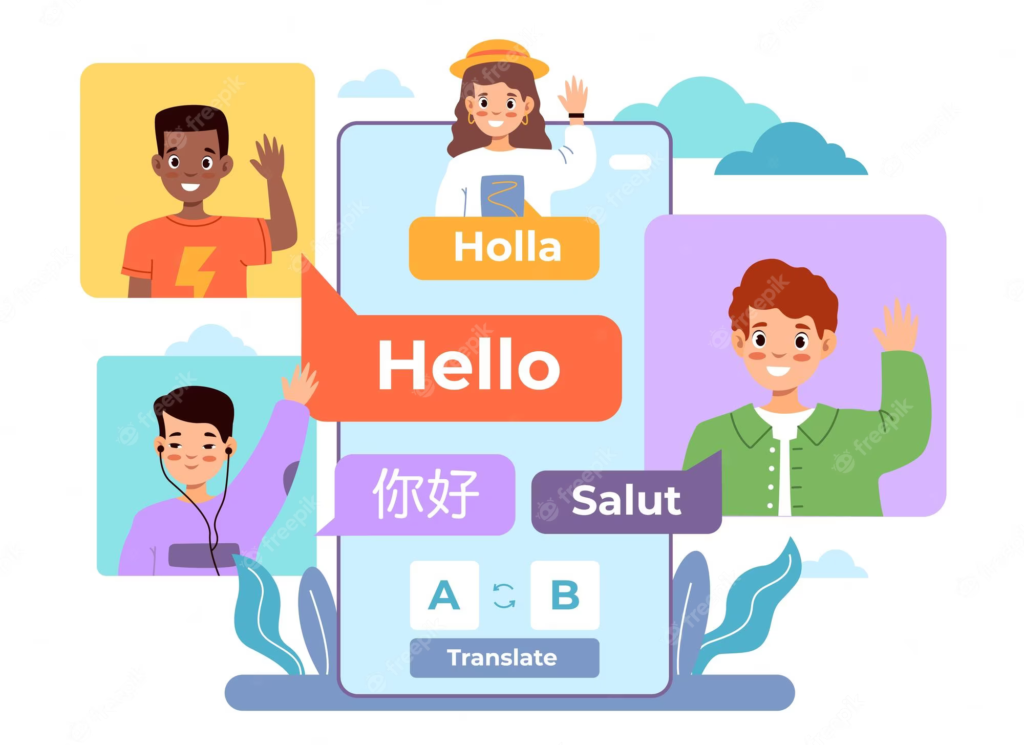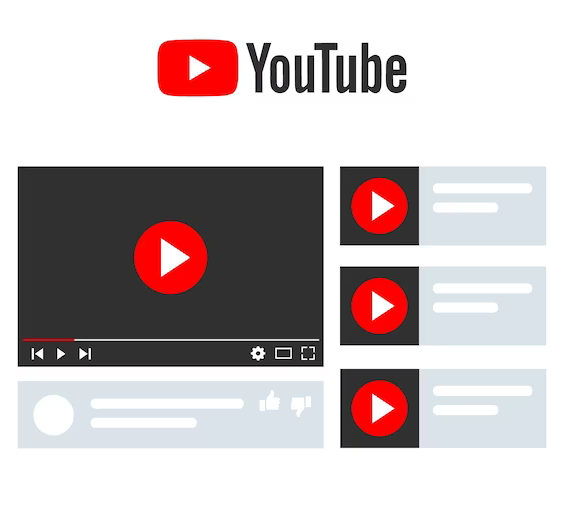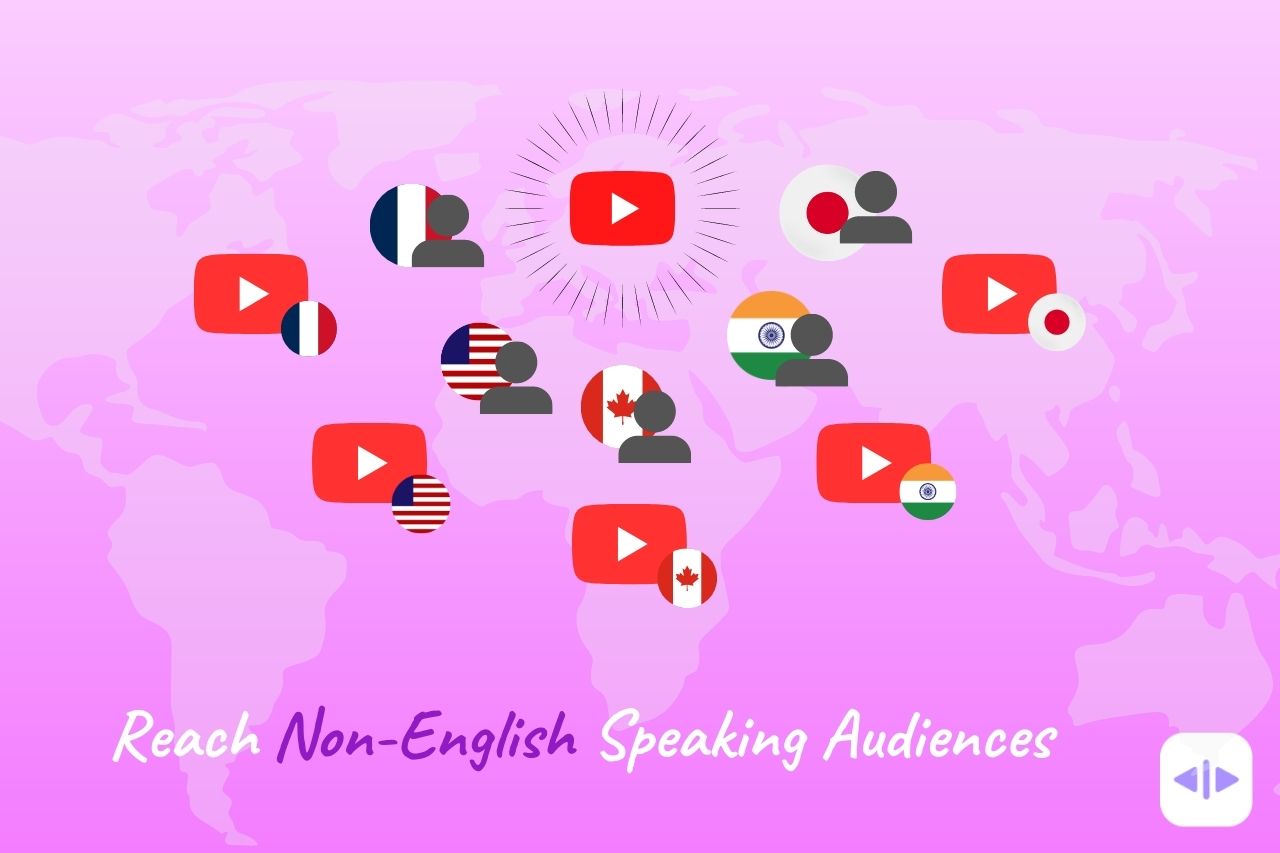As the world becomes increasingly interconnected, it’s essential for businesses and content creators to reach a global audience. One of the best ways to do this is through YouTube, the world’s second-largest search engine. But with over 70% of YouTube views coming from non-English-speaking countries, it’s crucial to optimize your content for a multilingual audience.
In this article, we’ll explore the importance of localization and multilingual SEO, and provide a step-by-step guide to reach a non-English-speaking audience on YouTube.
What is Localization?

Localization is the process of adapting your content to appeal to different languages, cultures, and markets. This includes translating text, adjusting images, and tailoring your message to resonate with local audiences. When it comes to YouTube, localization involves optimizing your video content, titles, descriptions, and metadata for a global audience. By incorporating localization strategies, you can increase your reach, engagement, and revenue on YouTube.
Localization vs. Translation
While localization and translation are often used interchangeably, they are not the same. Translation is merely converting text from one language to another, while localization involves adapting various elements of your content to make it culturally appropriate and relevant to the target audience.
Why Use Multilingual SEO?

Multilingual SEO is the practice of optimizing your content for search engines in multiple languages. This includes keyword research, on-page optimization, and link building in different languages. By optimizing your YouTube content for multilingual SEO, you can improve your visibility and reach a broader audience.
Benefits of Multilingual SEO
- Increased visibility in search results in different languages
- Higher rankings on YouTube and Google for target keywords
- Improved engagement and conversion rates from a diverse audience
- Access to new markets and opportunities for growth
Analyzing Your Audience
Before localizing your YouTube content, it’s essential to analyze your audience and identify the languages and regions you need to target. To do this, follow these steps:
- Open YouTube Analytics in Creator Studio.
- Go to the “Audience” tab.
- Scroll down and click on “Geography” to view your audience’s location data.
- Identify the regions that make up a significant portion of your audience.
- Research the languages spoken in those regions.
By understanding your audience, you can make informed decisions on which languages and markets to focus on when localizing your content.
Translating Video Titles, Descriptions, and Metadata

Optimizing your video titles, descriptions, and metadata for multiple languages will improve your video’s visibility and make it more appealing to non-English-speaking viewers. Follow these steps to translate your video metadata:
- Open the “Video Manager” in Creator Studio.
- Find the video you want to translate and click “Edit”.
- Navigate to the “Translations” tab.
- Choose the language you want to translate your metadata into.
- Enter the translated title and description.
Remember to include target keywords in the translated metadata to improve your multilingual SEO.
Adding Subtitles and Closed Captions
Subtitles and closed captions are essential for making your YouTube content accessible to non-English-speaking viewers. They also improve your video’s SEO by providing additional indexable text for search engines. To add subtitles and closed captions, follow these steps:
- Open the “Video Manager” in Creator Studio.
- Find the video you want to add subtitles to and click “Edit”.
- Go to the “Subtitles/CC” tab.
- Click “Add new subtitles or CC” and select the language of your subtitles.
- Upload a subtitle file or use YouTube’s automatic transcription feature.
For a more streamlined process, consider using a tool like Dubverse.ai to add subtitles and dubbed voiceovers in any language.
Localizing Playlists

Playlists are an effective way to increase your video views and watch time. To make your playlists more appealing to a global audience, follow these steps to localize your playlist titles and descriptions:
- Open the “Playlists” tab in Creator Studio.
- Click “Edit” next to the playlist you want to localize.
- Click the menu icon (three dots) and select “Translate Playlist Info”.
- Enter the translated title and description.
Remember to include target keywords in the translated playlist metadata to improve your multilingual SEO.
Localizing Channel Description
A localized channel description can help you attract and retain non-English-speaking viewers. To translate your channel description, follow these steps:
- Open the “Channel” tab in Creator Studio.
- Click “Customize Channel”.
- Go to the “About” tab.
- Click the gear icon and select “Translate Channel Description”.
- Enter the translated description.
Scheduling Video Releases for Different Time Zones

To maximize engagement with your global audience, consider scheduling your video releases to accommodate different time zones. Use YouTube Analytics or third-party tools like TubeBuddy or VidIQ to determine the best times to publish your videos for different regions.
Engaging with Non-English-Speaking Commenters
Encourage engagement and build a relationship with your non-English-speaking audience by responding to their comments in their language. Even a simple acknowledgment can foster a sense of community and encourage more comments from non-English-speaking viewers.
Recognizing Your International Audience

Show appreciation to your international audience by acknowledging them in your content. This can include mentioning them in giveaways, recognizing their national holidays, or giving shout-outs to global commenters. By making your non-English-speaking viewers feel valued, you can create a loyal and engaged audience.
Conclusion

Reaching a non-English-speaking audience on YouTube requires a strategic approach to localization and multilingual SEO. By following the steps outlined in this article, you can optimize your content for a global audience, increase your reach, and tap into new markets. Remember that localization is an ongoing process, so continuously analyze your audience and adjust your strategy to ensure your content resonates with viewers around the world.


